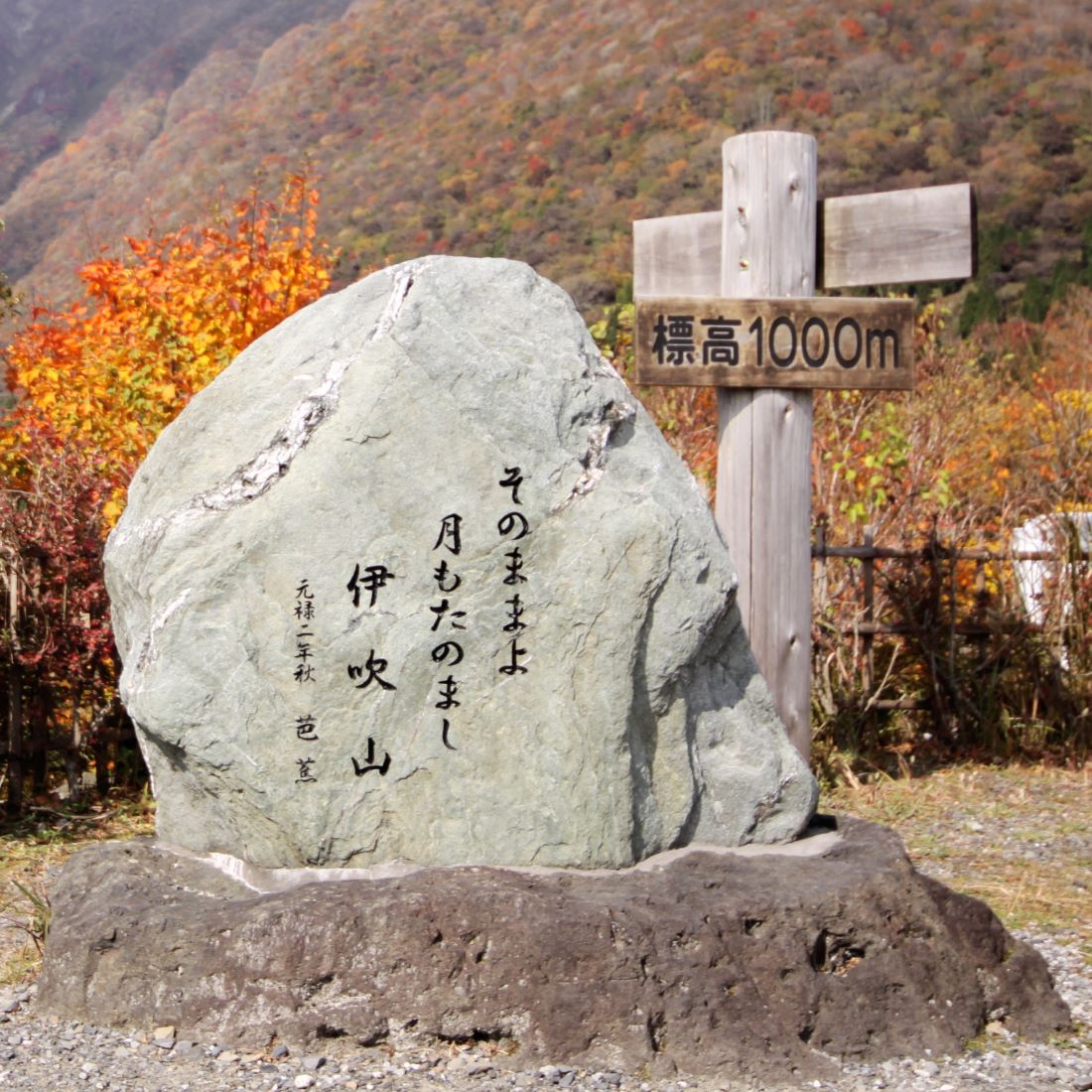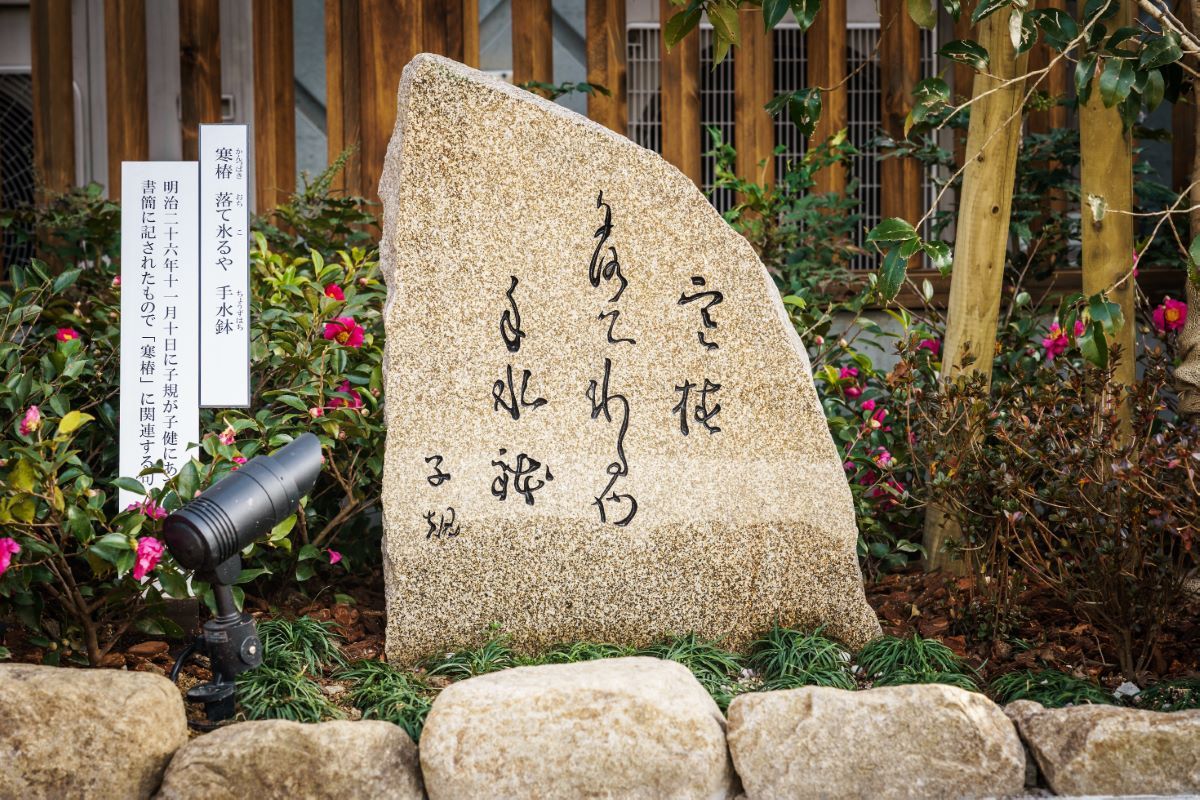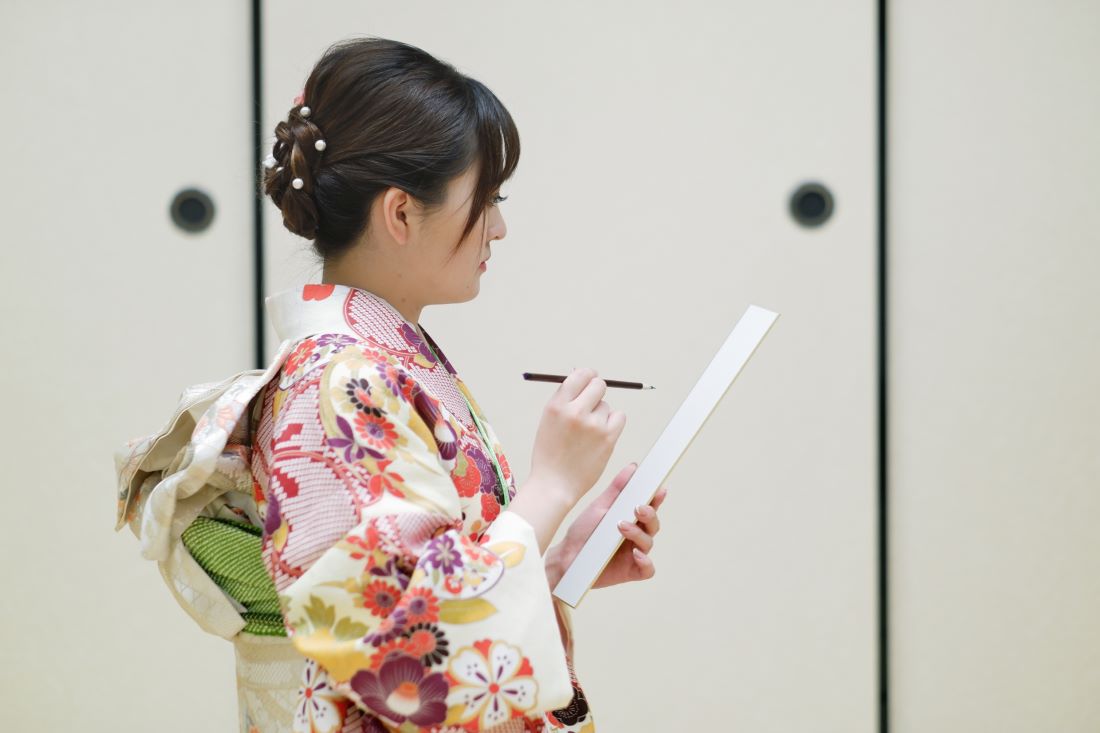Haiku is a form of Japanese poetry that has been around for centuries. It is a concise form of poetry that uses just a few words to convey a message. The traditional haiku consists of three lines with a total of 17 syllables, with five syllables in the first line, seven syllables in the second line, and five syllables in the third line.

Poems often focus on nature and the changing seasons, and they are intended to evoke a sense of emotion or thought in the reader. The form become popular around the world, and many poets have embraced this form of poetry.
Haiku is a great way to express feelings and ideas in a concise and impactful way and it requires a lot of skill to write a good haiku, as every word counts and must be chosen carefully to convey the intended message.
It is a beautiful form of poetry that can be appreciated by anyone, regardless of background or culture.
Key Takeaways:
- Haiku is a form of Japanese poetry
- The traditional haiku consists of three lines with a total of 17 syllables.
- Poems often focus on nature and the changing seasons.
- Intended to evoke a sense of emotion or thought in the reader.
- A beautiful form of poetry that can be appreciated by anyone.
History of Haiku

Haiku is a form of poetry that originated in Japan during the 17th century. It began as the opening phrase of renga, an oral poem composed syllabically and generally a hundred stanzas long. The haiku eventually broke away from renga in the 16th century and became a standalone poetic form.
Initially known as hokku, it was used as the opening stanza of a renga. The hokku was considered the most important part of the poem and had two principal requirements: a seasonal word (kireji) and a “cutting word” or exclamation. The poet Basho infused a new sensibility and sensitivity to this form in the late seventeenth century.

Over the centuries, only a few poets in Japan have become respected for their haiku poetry. Among these are Basho, Buson, Issa, and Shiki. Basho, in particular, is credited with making haiku a revered form of poetry.
Haiku was introduced to the Western world in the 20th century, and since then, it has gained popularity worldwide. Today, Haiku is a widely recognized form of poetry that follows the three-line 17-syllable structure. The term haiku is used to describe all poems that use this structure, even the earlier hokku.
Structure of Haiku

Haiku is a concise poem that consists of three lines with a total of 17 syllables. The first and third lines contain five syllables each, while the second line has seven syllables. The structure of Haiku is one of its defining characteristics, and it is what sets it apart from other poetic forms.
The syllable count in Haiku is not just a matter of counting the number of words in each line. Instead, it is about the number of sounds or moras. In Japanese, Haiku traditionally consists of 17 on, or sounds, divided into three phrases: 5 sounds, 7 sounds, and 5 sounds. However, in English, poets have interpreted on as syllables, which is why the syllable count in English Haiku is 5-7-5.
Haiku typically focuses on nature and the changing seasons. It is a form of poetry that is meant to capture a moment in time and convey a sense of emotion or feeling. The brevity of Haiku means that every word and syllable counts, and poets must carefully choose their words to create a vivid image in the reader’s mind.
While the traditional structure of Haiku is 5-7-5, modern Haiku poets often experiment with different syllable counts and structures. The focus is still on capturing a moment in time and conveying a sense of emotion, but the structure of the poem may vary. Some modern Haiku may have more or fewer than 17 syllables, and poets may use different line breaks or structures to create a unique effect.
Famous Haiku Poets

Here are some of the most famous Haiku poets:
- Matsuo Basho: Basho is considered the father of Haiku. He is known for his simple and elegant style that captures the essence of nature. Some of his most famous Haiku include “An old pond, a frog jumps in, the sound of water.”
- Kobayashi Issa: Issa is known for his humorous and compassionate Haiku. He often wrote about the struggles of everyday life and the beauty of nature. One of his most famous Haiku is “The snow is melting, and the village is flooded with children.”
- Yosa Buson: Buson was a painter as well as a poet. He is known for his vivid and colorful Haiku that often depicted the changing seasons. One of his most famous Haiku is “Winter solitude- in a world of one color, the sound of wind.”
- Masaoka Shiki: Shiki is known for his modern approach to Haiku. He introduced new themes and styles to the form and is credited with popularizing the use of the 5-7-5 syllable structure. One of his most famous Haiku is “In the cicada’s cry, no sign can foretell how soon it must die.”
These poets, along with many others, have helped to shape and define the Haiku form. Their works continue to inspire and influence poets around the world today.
Modern Haiku

Modern Haiku is a contemporary form of haiku that has evolved over time. It is a type of poetry that is still rooted in traditional Japanese haiku but has been adapted to suit the modern world. Modern haiku is characterized by its brevity, simplicity, and focus on nature and the human experience.
Unlike traditional Japanese haiku, modern haiku is not limited to the 5-7-5 syllable count. Instead, it focuses on conveying a moment or feeling in as few words as possible. Modern haiku often uses concrete imagery to evoke emotion and create a vivid picture in the reader’s mind.
Modern haiku has gained popularity around the world and is now written in many languages. Modern Haiku, the oldest and largest haiku journal outside Japan, seeks the best in contemporary English-language haiku, senryu, haibun, and haiga, as well as book reviews and essays on related topics. They also publish work originally written in languages other than English, together with translations.
Modern haiku has also been adapted to suit various mediums, including social media. Many poets now share their modern haiku on Twitter and Instagram, using hashtags to connect with other poets and share their work with a wider audience.



